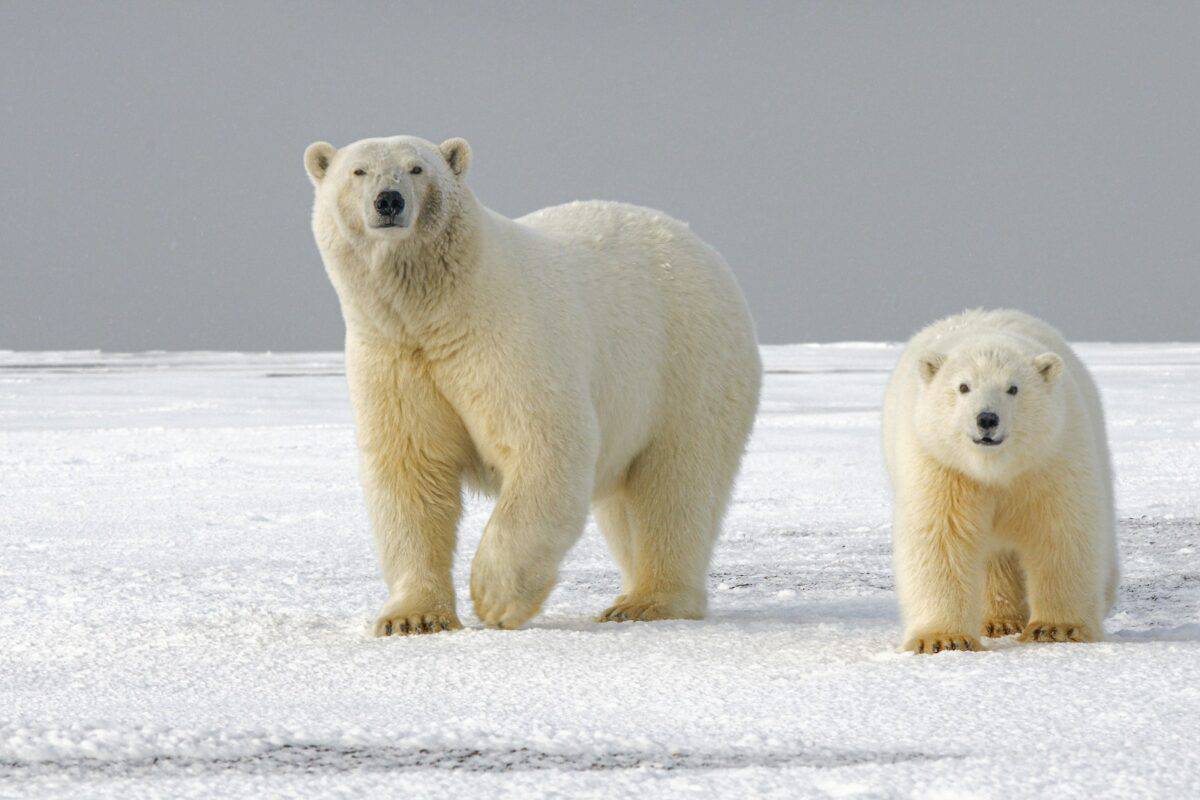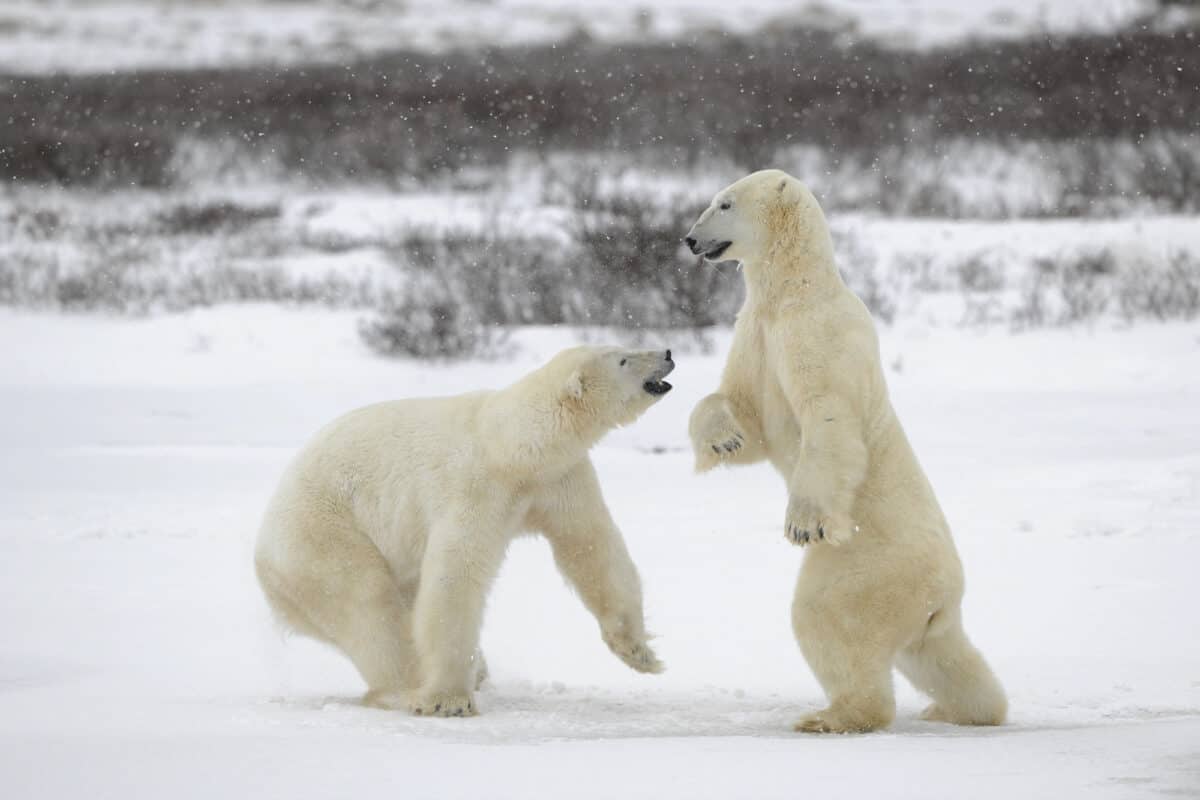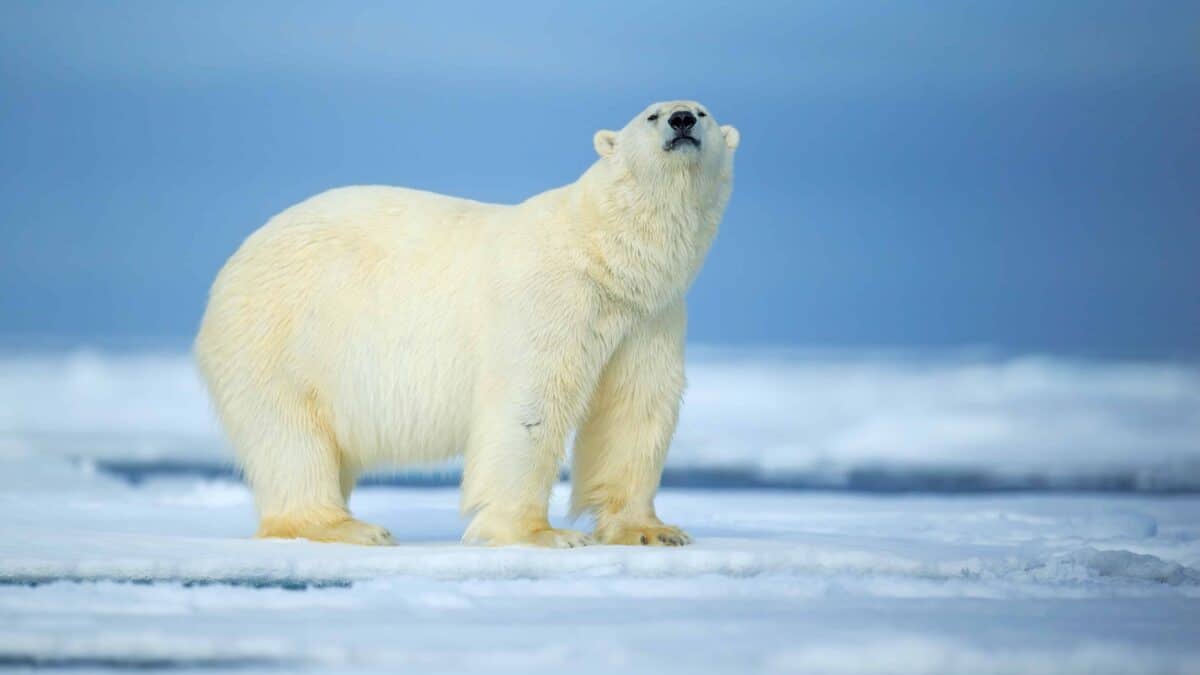Polar bears, the majestic inhabitants of the Arctic, have long been a symbol of the wild, yet their future is under significant threat from climate change and controversial human activities. One such activity that has sparked intense debate worldwide is the trade of polar bears in Canada. As the only country in the world that allows the export of polar bear parts, Canada finds itself at the center of a contentious issue that raises ethical, environmental, and cultural questions.
Understanding the Polar Bear Trade

The polar bear trade primarily involves the sale of polar bear pelts, teeth, and claws. In Canada, most of this trade is legally sanctioned through a quota system that regulates how many bears can be hunted each year. The laws are meant to ensure sustainable hunting practices, yet the effectiveness and ethical implications of this system are hotly debated.
Historical Context of Polar Bear Hunting

Indigenous communities in the Arctic region have hunted polar bears for centuries, forming a deep cultural and subsistence relationship with the species. Traditional hunts were conducted with the utmost respect for the animal and were critical for the survival of these communities. However, the market-driven hunting that fuels today’s polar bear trade differs significantly because it prioritizes economic gain over tradition.
Legal Framework Governing the Trade

Canada’s trade in polar bear parts falls under the auspices of CITES (the Convention on International Trade in Endangered Species of Wild Fauna and Flora), which lists the polar bear under Appendix II. This listing means that while trade is allowed, there must be an assurance that it does not threaten the species’ survival. The debate continues over whether current practices align with the spirit of this international agreement.
Economic Impacts on Indigenous Communities

For many Indigenous communities, income from the polar bear trade provides essential economic support. The sale of parts not only offers a source of cash but also helps fund traditional hunting activities and community initiatives. This economic benefit is a key argument in favor of allowing the trade to continue.
Conservation Concerns and Polar Bear Populations

Scientific surveys have indicated that some subpopulations of polar bears are in decline, primarily due to habitat loss from climate change. Critics of the trade argue that any additional pressure from hunting exacerbates these declines, threatening the long-term viability of polar bear populations.
The Ethical Debate Surrounding Polar Bear Trade

The ethical debate is multi-faceted and complex. On one hand, there is the cultural significance and economic necessity of the trade for Indigenous peoples. On the other, many argue that the commercialization of polar bears reduces them to mere commodities rather than respecting them as vital components of the Arctic ecosystem.
International Criticism and Calls for Bans

International conservation groups have long criticized Canada’s stance on the polar bear trade, calling for stricter regulations or outright bans. Countries that have banned the import of polar bear parts include the United States, which cites concerns over the species’ conservation status. There is a growing global movement advocating for Canada to follow suit.
Impact of Climate Change on Polar Bears

Climate change remains the most significant threat to polar bears, impacting ice habitats that are essential for their hunting and breeding activities. The additional pressure from legal hunting and trade adds to the challenges these animals face, prompting urgent calls for comprehensive conservation strategies.
Legal Hunting vs. Poaching

While legal hunting is regulated, there is always the risk of illegal poaching fueled by the trade’s lucrative nature. Poaching not only threatens bear populations but undermines legal frameworks and the efforts of Indigenous communities to preserve their traditions responsibly.
The Role of Animal Rights Activists

Animal rights activists have been vocal opponents of the polar bear trade, launching campaigns to raise awareness and influence policy changes. These efforts include petitions, public demonstrations, and collaborations with international conservation organizations to lobby for greater protections for polar bears.
Potential Policy Changes on the Horizon

With growing international pressure and evolving societal values, Canada faces the possibility of reviewing and potentially revising its policy on polar bear trade. Discussions on caps on exports, tighter regulations, and greater emphasis on conservation are ongoing.
Conclusion: Balancing Preservation and Tradition

The controversy surrounding Canada’s polar bear trade highlights the difficult balance between cultural tradition, economic necessity, and the urgent need for conservation. As climate change continues to reshape the Arctic, the policies that govern polar bear hunting must adapt to ensure the survival of both the species and the cultural practices tied to them. Canadians and the global community alike face the challenge of crafting solutions that honor tradition while protecting the Arctic’s iconic predator for future generations.
- How This Giant Predator Ruled the Ocean 200 Million Years Ago - July 1, 2025
- This Frog Can Freeze and Still Survive - July 1, 2025
- The Debate Over Global Warming Data: Are Climate Scientists Getting It Wrong? - July 1, 2025

